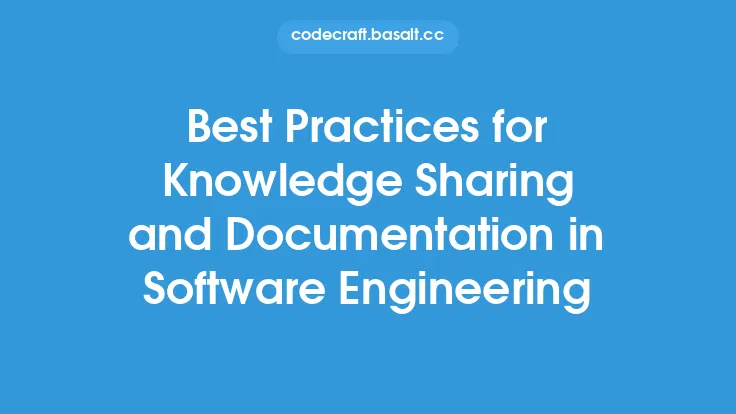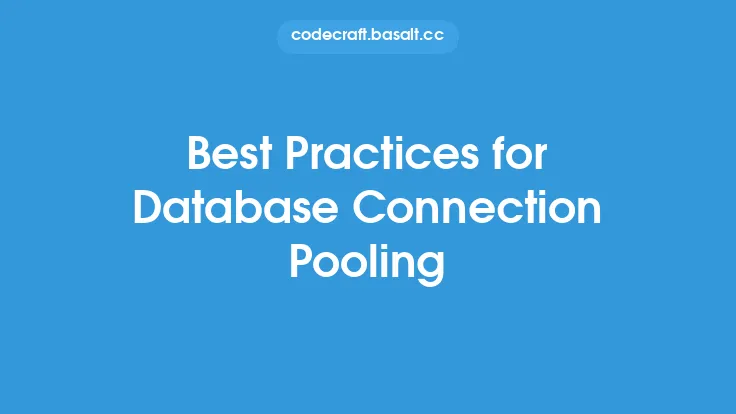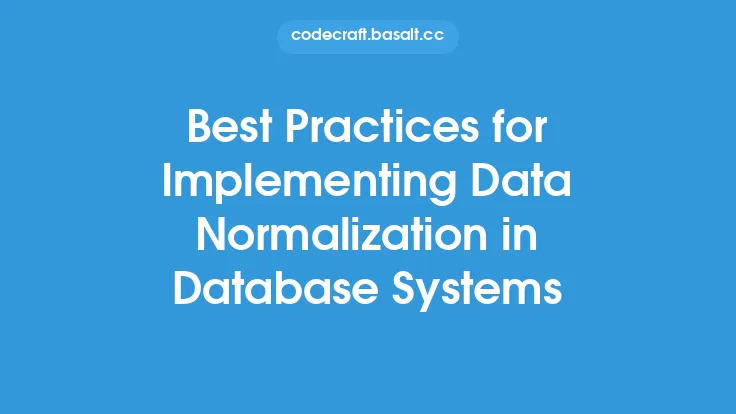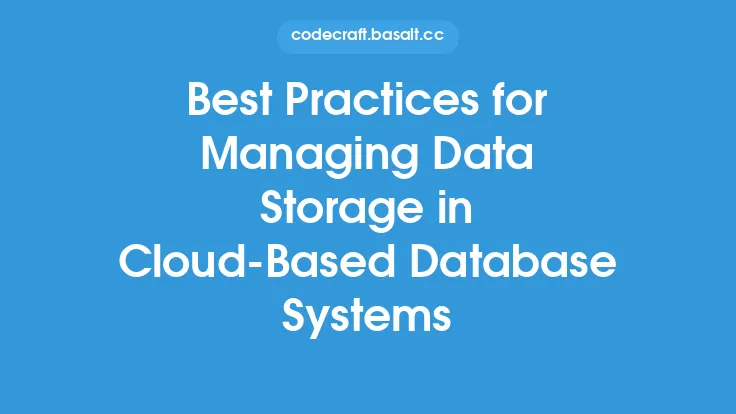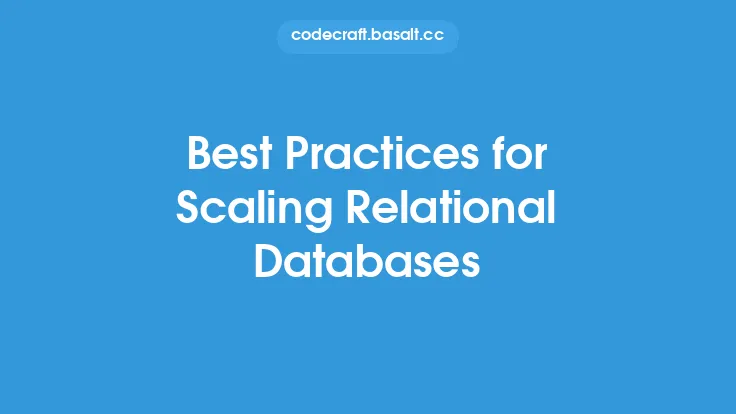When designing a database, one of the most critical aspects that is often overlooked is documentation. Database design documentation is essential for ensuring that the database is maintainable, scalable, and easy to understand for all stakeholders involved. In this article, we will explore the best practices for database design documentation, highlighting the importance of clear and concise documentation, and providing guidance on how to create effective documentation.
Introduction to Database Design Documentation
Database design documentation is a comprehensive document that outlines the design of a database, including its structure, relationships, and constraints. It serves as a blueprint for the database, providing a clear understanding of how the data is organized and related. Good database design documentation is essential for several reasons. Firstly, it helps to ensure that the database is designed correctly, with a clear understanding of the data entities, attributes, and relationships. Secondly, it provides a reference point for developers, allowing them to understand the database structure and make informed decisions when writing code. Finally, it facilitates communication among team members, ensuring that everyone is on the same page when it comes to the database design.
Benefits of Database Design Documentation
There are several benefits to creating database design documentation. One of the primary benefits is that it helps to reduce errors and inconsistencies in the database. By having a clear understanding of the database design, developers can avoid making mistakes that can lead to data corruption or inconsistencies. Another benefit is that it improves communication among team members. When everyone has access to the same documentation, it ensures that everyone is on the same page, reducing misunderstandings and miscommunications. Additionally, database design documentation makes it easier to maintain and update the database. With a clear understanding of the database structure, developers can make changes and updates with confidence, knowing that they are not introducing errors or inconsistencies.
Components of Database Design Documentation
Effective database design documentation should include several key components. Firstly, it should include an overview of the database, including its purpose, scope, and goals. This provides context for the database design and helps to ensure that everyone understands the database's objectives. Secondly, it should include a detailed description of the database structure, including the entities, attributes, and relationships. This should include entity-relationship diagrams (ERDs) and data flow diagrams (DFDs) to provide a visual representation of the database structure. Thirdly, it should include information about the database constraints, including primary keys, foreign keys, and indexes. Finally, it should include information about the database security, including access controls and authentication mechanisms.
Best Practices for Creating Database Design Documentation
There are several best practices to follow when creating database design documentation. Firstly, it should be clear and concise, avoiding technical jargon and complex terminology. Secondly, it should be organized in a logical and consistent manner, making it easy to follow and understand. Thirdly, it should include visual aids, such as diagrams and charts, to provide a visual representation of the database structure. Fourthly, it should be regularly updated and maintained, reflecting changes and updates to the database. Finally, it should be accessible to all stakeholders, including developers, administrators, and end-users.
Tools and Techniques for Database Design Documentation
There are several tools and techniques available for creating database design documentation. One of the most popular tools is Entity-Relationship Diagram (ERD) software, such as ERwin or DBDesigner. These tools allow developers to create visual representations of the database structure, including entities, attributes, and relationships. Another popular tool is data modeling software, such as PowerDesigner or Enterprise Architect. These tools allow developers to create detailed data models, including entity-relationship diagrams and data flow diagrams. Additionally, there are several documentation tools available, such as Confluence or SharePoint, that allow developers to create and share documentation with team members.
Challenges and Limitations of Database Design Documentation
While database design documentation is essential, there are several challenges and limitations to consider. One of the primary challenges is keeping the documentation up-to-date and maintained. As the database evolves and changes, the documentation must also be updated to reflect these changes. Another challenge is ensuring that the documentation is accessible and understandable to all stakeholders. This can be particularly challenging in large and complex databases, where the documentation may be lengthy and technical. Finally, there is the challenge of balancing the level of detail in the documentation. Too much detail can make the documentation cumbersome and difficult to follow, while too little detail can make it insufficient for developers and administrators.
Conclusion
In conclusion, database design documentation is a critical aspect of database design, providing a clear understanding of the database structure and relationships. By following best practices, such as creating clear and concise documentation, using visual aids, and regularly updating and maintaining the documentation, developers can ensure that the database is maintainable, scalable, and easy to understand. While there are challenges and limitations to consider, the benefits of database design documentation far outweigh the costs. By investing time and effort into creating effective database design documentation, developers can ensure that their database is well-designed, well-maintained, and meets the needs of all stakeholders involved.
